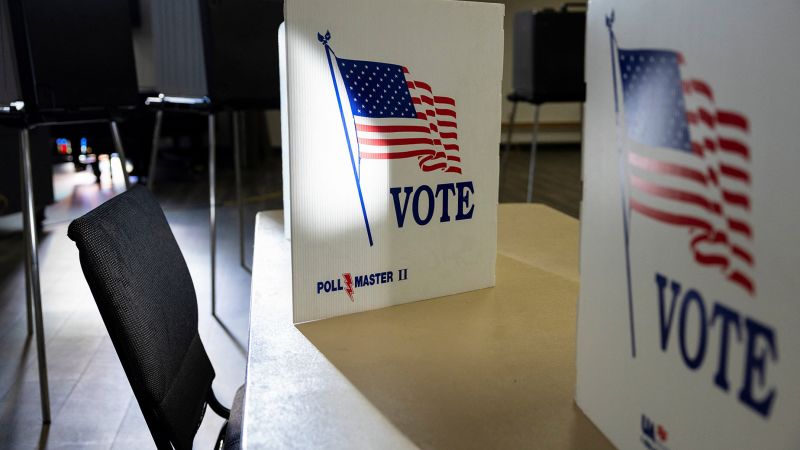Former President Donald Trump has continued to spread baseless claims of widespread fraud in the 2020 election, despite losing. To address this issue, he has proposed a four-part solution including switching exclusively to paper ballots, requiring proof of citizenship to vote, mandating voter ID at the polls, and eliminating mail-in voting. However, many experts and election officials are puzzled by Trump’s focus on paper ballots, as the vast majority of voters already use paper ballots with audit trails.
More than 98% of voters across the country live in jurisdictions that produce fully auditable paper trails, according to Verified Voting. Trump has repeatedly emphasized the need for paper ballots in his discussions on election integrity, despite the fact that almost everyone already uses them. Verified Voting has been advocating for paper ballots for the past two decades and has seen success in persuading counties to move away from paperless voting systems.
The claims of fraud and misinformation regarding election procedures have had a negative impact on voter trust in the integrity of US elections, particularly among Republicans. Recent polling data shows that a majority of Trump supporters in key states are not confident in the accurate tallying of election results. Despite the strides made in transitioning to paper ballots in recent years, there is still skepticism and lack of confidence among certain groups of voters.
The trend towards using paper ballots has been steadily increasing over the past 20 years, with many states and counties making the switch to systems with paper trails in response to concerns about election integrity. Even traditionally Republican counties, such as Hamilton County in Ohio, have adopted hand-marked paper ballots to provide a backup and redundancy in the voting process. This shift has been seen in battleground states like Pennsylvania and Georgia, as well as in other states like Tennessee and New Jersey.
Despite the progress made in transitioning to paper ballots, Trump’s continued focus on this issue has confused many experts and election officials. Nearly 70% of registered voters live in counties where they physically mark their choices on paper ballots, with an additional 25% using ballot-marking devices that produce paper trails as well. The remaining 5% of voters use electronic machines that record votes directly into the computer’s memory, although most of these machines also have paper trail capabilities.
Overall, the push for election integrity and the use of paper ballots has gained momentum in recent years, with the goal of ensuring a transparent and trustworthy voting process. While there are still challenges and misinformation to overcome, the efforts of organizations like Verified Voting have helped to increase confidence in the election system. Despite the ongoing debate and concerns surrounding election procedures, the move towards paper ballots has been a significant step in improving the integrity of US elections.


